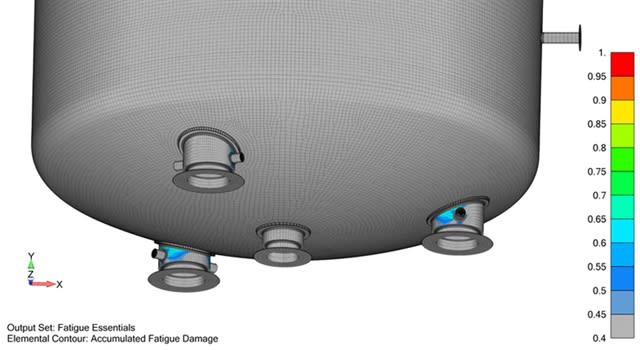kaisersoze
Structural
- Nov 10, 2008
- 49
As the topic suggests my question is in regards to eccentric loads on beams. Say I have a 12" cmu sitting on a W30. Technically if the lintel is 2" off of center line, I would consider e=2" on my beam but from a practical point of view, wouldn't the load coming down into the cmu re-align to some extent to be closer to the stiffest part of the beam i.e. beam center line?
Assume that the joists bearing elevation (on cmu) to be about 8' above the top of WF lintel.
Kaiser
Assume that the joists bearing elevation (on cmu) to be about 8' above the top of WF lintel.
Kaiser




